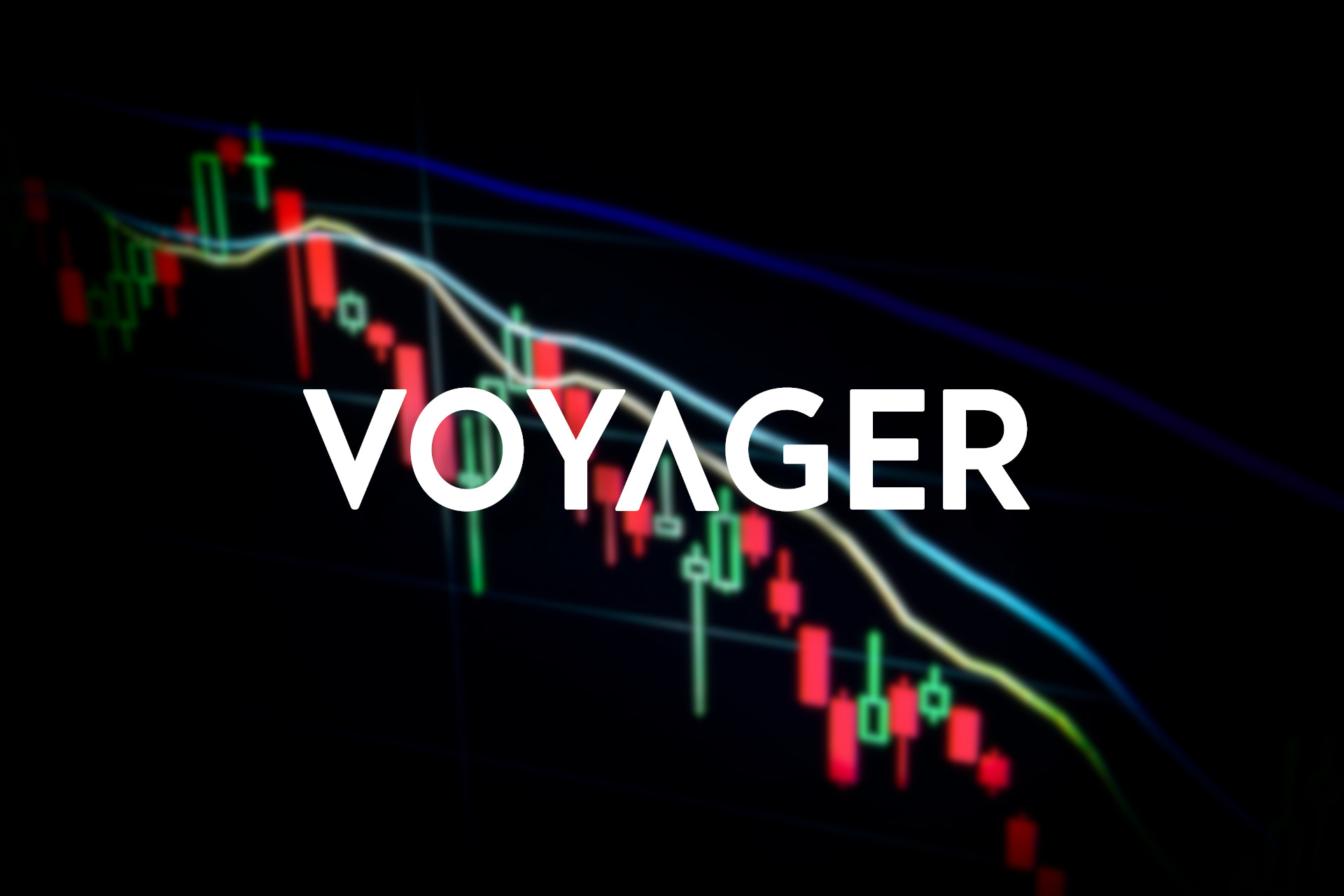
Key Takeaways
- Voyager files for Chapter 11 bankruptcy in New York with its three subsidiaries seeking bankruptcy protection
- The CEO reiterates the company’s belief in the future of the cryptocurrency industry but bemoans the lingering crypto market crunch and Three Arrow Capital’s default
- Three Arrow Capital, which owes Voyager about $650 million, had previously filed Chapter 15 bankruptcy following the market downturn and inability to pay many creditors
- Voyager has proposed a recovery plan that will allow it to pay up creditors, reorganize the company, and return value to investors
Barely four days after halting withdrawals, deposits and trading, Voyager has filed for bankruptcy. The crypto broker becomes the latest CeFi firm to fall as a result of the recent crypto crunch and exposure to Three Arrows Capital.
According to available information, Voyager has a restructuring plan that could turn things around and return value to customers. Customers with U.S. dollars in their accounts, for instance, will get their money back after a “reconciliation and fraud prevention process with Metropolitan Commercial Bank”. Customers will be entitled to recieve common shares in the reorganized company, as well as proceeds from the Three Arrows Capital (3AC) as compensation.
A Necessary Move
Signs of Voyager’s troubles started when it resorted to getting a $500 million loan from the trading firm, Alameda Research, in a move to cover losses incurred from its relationship with Three Arrows Capital. Last Friday, the company displayed another obvious sign of trouble when it paused withdrawal, deposits, and trading.
After the U.S. holiday on July 4, Voyager moved quickly to file for Chapter 11 bankruptcy in the Southern District Court of New York. The court filing indicates that the company has over 100,000 creditors and approximately $1.3 billion worth of crypto assets on its platform.
Voyager also has over $350 million in cash, safely held at a For Benefit of Customers account at Metropolitan Commercial Bank. Its claim against the Chapter 15 bankrupt 3AC is over $650 million, consisting of 15,250 BTC and 350 million USDC.
By filing for bankruptcy now, Voyager may get a bit of breathing room to reorganize and pay its creditors. The CEO of the company, Stephen Ehrlich, said as much in his statements on Twitter. He also reaffirmed the company’s belief in the future of the cryptocurrency industry.
In his words:
“We strongly believe in the future of the industry but the prolonged volatility in the crypto markets, and the default of Three Arrows Capital, require us to take this decisive action.”
A Viable Recovery Plan
As stated earlier, Voyager hopes to bounce back anytime soon. The CEO tweeted about a proposed plan to get the company back on its feet.
A couple of his tweets read:
“As part of this process, the proposed plan of reorganization would resume account access and return value to customers. Under this plan, which is subject to change given ongoing discussion with other parties, and requires Court approval:
“Customers with crypto in their account(s) will receive in exchange a combination of the crypto in their account(s), proceeds from the 3AC recovery, common shares in the newly reorganized company, and Voyager tokens.”
The CEO’s position remains that Chapter 11 is the best move for Voyager and that the company will continue to operate after settling with creditors, with the hope that it will return value to customers real soon.
Liquidity Problems – Symptoms of a Broader Market Downtown
Voyager may be a direct victim of 3AC’s default, but the problems of most crypto firms right now are attributable to a market downtown that has made the first half of 2022 one of the worst 6-month stretches in the history of crypto. The collapse of Terra and consequent loss of as much as $60 billion dollars from the market was one of the primary triggers. Celsius and BlockFi are other crypto companies that have faced serious liquidity issues recently.
Coming down to Voyager’s troubles, its exposure to Three Arrows Capital was the nail in the coffin. It is not the only company to fall victim to 3AC’s default. Crypto lending platform, Vauld and Celsius are good examples of notable platforms caught in the same mess.
Voyager Digital – What Does the Future Hold?
As it stands, Voyager has what it may take to survive the current situation. In addition to the $350 million held in FBO, the company has more than $110 million in cash and crypto assets to run its day-to-day activities throughout the Chapter 11 process.
Voyager currently has three business entities under it – Voyager Digital Holdings, Voyager Digital LLC, and Voyager Digital Ltd. All three are seeking bankruptcy protection and will likely succeed. They are being represented by Kirkland and Ellis LLP, while Berkeley Research Group LLC serves as the restructuring advisor.
To maintain operation, Voyager will file “First Day” motions. The company also revealed that it intends to pay its employees in the usual manner. The firm also hopes to continue its “primary benefits and certain customer programs without disruption”.
The only major reason to doubt the viability of Voyager’s proposed plan is 3AC’s defaulted loan and the possibility of recovering it. According to recent reports, Three Arrow Capital has been forced to liquidate by the British Islands. In the United States, the company is going through a Chapter 15 bankruptcy.
Voyager’s recent predicament has had a notably adverse effect on the price of Voyager shares. As of July 2022, the stock is trading at $0.26, down more than 97% since the start of the year. Similar to the reaction of the public markets, crypto investors have also been dumping their VGX holdings as of late. The VGX token, the primary digital assets of the Voyager trading platform, is presently changing hands at roughly $0.20, more than 98% removed from its ATH of $14.29.



